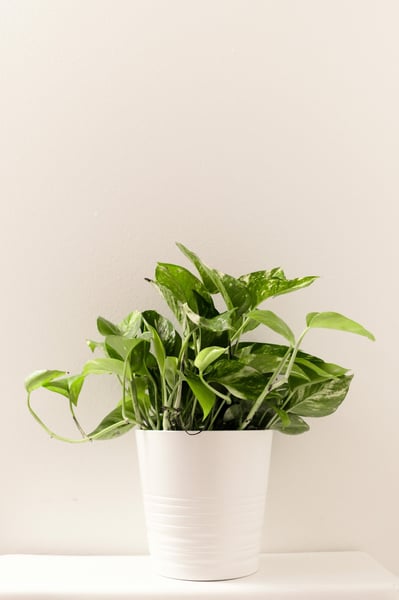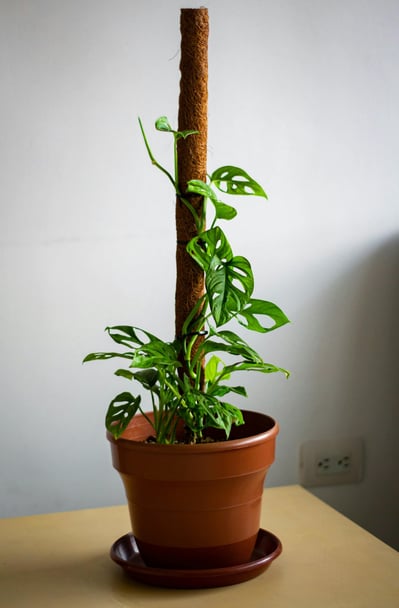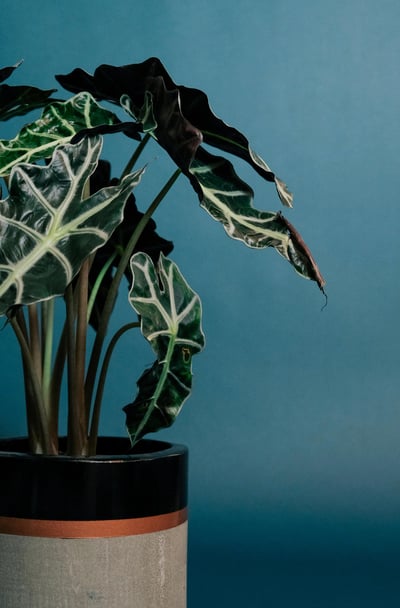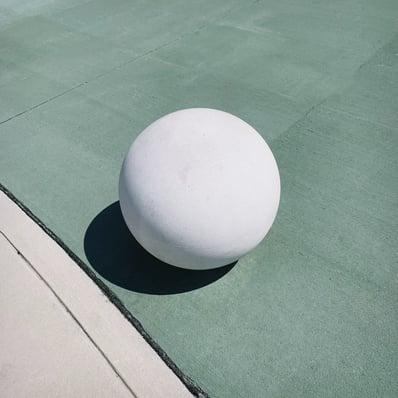Types of Most Common Houseplants
Provide a short description of categories listed below.
Vining Plant






A plant with long, flexible stems that typically climb by twining around a support structure.
Plant Pictured: Pothos
Climbing Plant
A plant whose stem requires support and which climbs by tendrils or twining or creeps along the ground.
Plant Pictured: Adonsonii
Corming Plant
A horizontal growing plant that produces rhizomes.
Plant Pictured: Alocasia Polly
House plants offer a diverse range of growth habits and reproductive methods that can enhance any indoor space. Common types include vining plants that gracefully trail and climb, as well as corming or rhizomatous varieties that spread from underground structures. This variety not only makes for visually appealing displays but also contributes to the ease of care for different environments.
Understanding these growth patterns can help plant enthusiasts select the best options for their homes. Vining plants, such as Pothos or Smilax, thrive in hanging planters, while climbing varieties like the English Ivy need support. Corms and rhizomes, such as those found in certain types of ginger or canna lilies, provide unique growth opportunities and challenge gardeners in new ways.
Exploring the most common types of house plants based on their growth and reproductive methods can also guide new owners in making informed choices. This knowledge empowers individuals to create thriving plant collections tailored to their specific environments and preferences.
Classification of House Plants by Growth Patterns
House plants exhibit various growth patterns, which influence their care and placement. Understanding these patterns helps in selecting the right plants for specific environments.
Vining Plants
Vining plants are characterized by their trailing or cascading growth habit. They typically have long, slender stems that require support as they grow. Common examples include Pothos, Philodendron, and String of Hearts.
These plants are versatile and can thrive in various lighting conditions. They are often used in hanging baskets or allowed to spill over shelves. Regular pruning encourages fuller growth and prevents them from becoming leggy.
Watering needs vary, but it is generally advisable to allow the soil to dry out slightly between waterings. Vining plants are also great for improving indoor air quality.
Climbing Plants
Climbing plants differentiate themselves by their ability to ascend vertical surfaces. They often have specialized structures, such as tendrils or adhesive pads, which help them attach to supports. Examples include Clematis, Hoya, and Climbing Philodendron.
These plants can be trained to grow up trellises, walls, or stakes. They typically flourish in bright, indirect light and benefit from regular feeding.
When cared for properly, climbing plants can produce stunning flowers, adding aesthetic appeal to indoor spaces. Ensuring proper humidity levels can also enhance their growth.
Rhizomatous (Corming) Plants
Rhizomatous or corming plants grow from underground stems, known as rhizomes, which store nutrients. Common examples include Calathea, Zebra Plant, and Ginger Lily.
These plants expand horizontally, allowing them to fill in spaces and create lush arrangements. They thrive in indirect light and prefer consistently moist soil without becoming waterlogged.
Propagation is straightforward, as sections of the rhizome can be cut and replanted. Regular watering and humidity control support healthy growth and vibrant foliage.
Care and Maintenance of Different Plant Types
Different types of house plants require specific care routines based on their growth habits. Understanding these needs is essential for healthy plants.
Vining Plants
Vining plants, like pothos and philodendron, thrive in bright, indirect light. Water them when the top inch of soil feels dry. Regular pruning promotes bushier growth.
Climbing Plants
Climbing plants such as ivy and climbing roses need support structures. They prefer moderate to bright light. Water them consistently, allowing the soil to dry slightly between waterings.
Corming (Rhizomatous) Plants
Corming plants, like certain types of caladium and canna, appreciate well-drained soil. They should be watered deeply when the surface dries out. Seasonal dormancy requires reduced watering and minimal light exposure.
General Maintenance Tips
Light: Adjust according to plant type: low, moderate, or bright.
Humidity: Most house plants prefer higher humidity. Use humidifiers or pebble trays.
Fertilization: Apply a balanced fertilizer during the growing season every 4-6 weeks.
By tailoring care based on plant type, they have better chances of thriving in indoor environments.
Note: This post may contain affiliate links. OfficialBloomBabe.com earns a small commission on qualifying purchases through these links at no extra cost to you. This helps us continue providing quality content for fellow plant lovers.
What Are the Most Common Types of House Plants?
Organized by Growth and Reproduction Methods
Gallery
Provide a short description of the gallery, highlighting key things.









